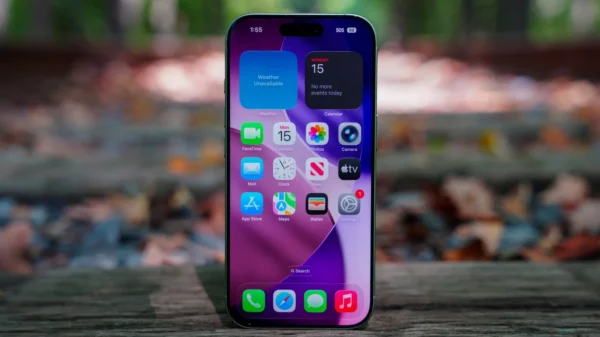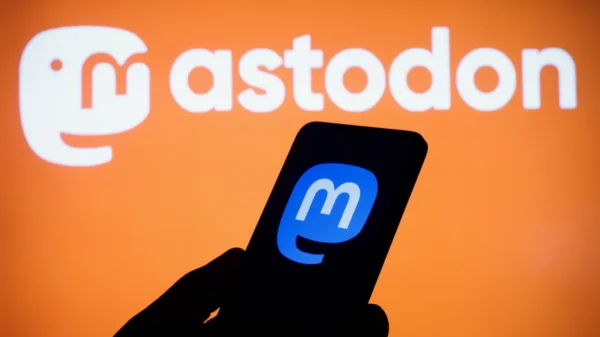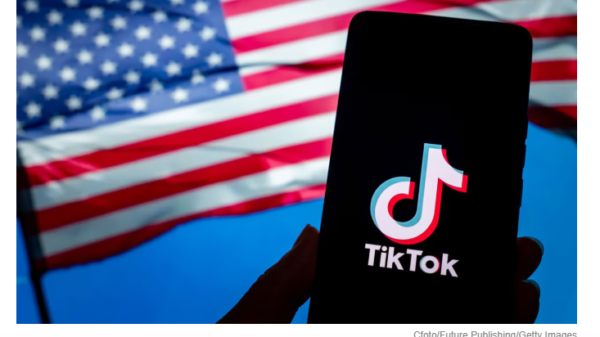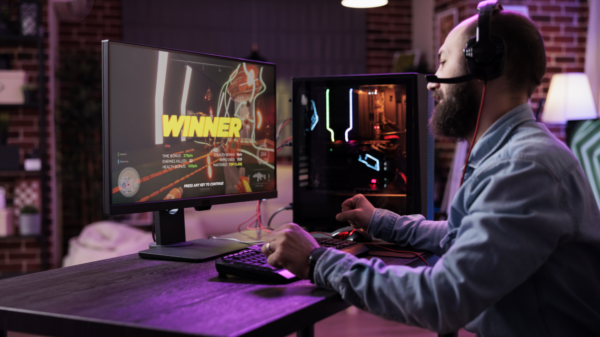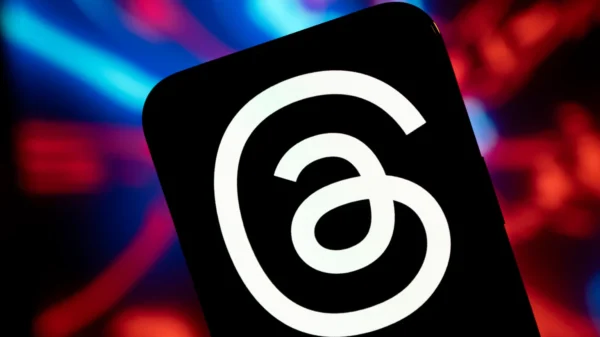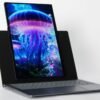According to a report from the Isreali website Calcalist, Apple has purchased the facial recognition firm RealFace. RealFace is the developer of the now-defunct app Pickeez, which used a facial recognition algorithm to select the highest-quality photographs among a group of pictures. According to the report, Apple spent “several million dollars” in the acquisition, and is rumored to implement the technology in newer iterations of iOS software.
Apple is no stranger to acquiring firms in pursuit of introducing technology to their products. In the past, Apple has acquired the startup Emotient Inc., which developed a method to read human emotions in photographs by analyzing facial expressions. Additionally, Apple has purchased the company VocalIQ, which worked to improve natural-language processing software to enhance digital assistants.
Apple is constantly looking for ways to improve the experience of their products in order to compete with other manufacturers. But as of now it’s not certain how Apple will implement the facial recognition technology of RealFace. One possibility is that Apple will incorporate the image selection software of Pickeez directly into the iPhone’s camera application, allowing users to automatically determine the best selfies or pictures of others. Or, Apple could include facial recognition technology in their security software, allowing users to unlock their devices with their faces.
Currently, Apple implements fingerprint scanners for near-instantaneous unlocking for iPhones. But this technology is not perfect: fingerprint scanners are prone to error, as the user must be precise in applying their finger to the sensor, and they have a chance of allowing false positives. Additionally, they can be tricked by images of fingerprints. If facial recognition is included in addition to fingerprint reading as a security measure, these issues could potentially be resolved, as the software would be able to combine information from both sensors to more accurately verify a user’s identity.
As of the time of this writing, both the websites for Realface and the Pickeez app have been taken down, which is par for the course for Apple’s acquisitions.
Another potential application of the technology is to be implemented in conjunction with a 3D laser scanning module, which is a piece of hardware that is rumored to be included on the iPhone 8. A laser scanner would add detailed depth and size information to photographs and videos, adding a variety of potential uses to the software of the iPhone 8. Apple is expected to use the laser scanning module for secure facial recognition and augmented-reality applications.
In both of these domains, a laser-scanning module would increase effectiveness considerably. Because it would be used to gather accurate depth information, a laser-scanning module would improve the safety of facial recognition technology, as it would prevent the software from being fooled by photographs or videos of the owner’s face. And in the field of augmented reality, a laser-scanning device could more seamlessly blend rendered 3D images with images captured by the device’s camera.
A laser-scanning module has other potential applications as well. Information about depth can be combined with images to produce accurate measurements of distance and volume, useful for home-improvement and determining clothing sizing. Also, depth information could be used to create stereoscopic 3D images from single photographs, which could be viewed on virtual reality headsets or 3D TVs.
The rumored iPhone 8 is set to be released this fall, so it’s unlikely that the facial recognition technology will be implemented in time for release. However, it’s likelier that Apple will include the software in a future update, either as a feature or a separate app, or as a built-in component of future iterations of the iPhone.
Featured image via Openclipart









